The 12 Archetypes of Branding
- Eddi Gonzales

- Apr 24, 2023
- 2 min read
History of The 12 Brand Archetypes
The concept of archetypes, derived from the work of Swiss psychologist Carl Jung, plays a significant role in branding. Archetypes represent universal patterns and symbols that resonate with people on a deep, subconscious level. By leveraging these archetypes, businesses can create powerful and meaningful brand identities that connect with their target audience. In this article, we'll explore the 12 primary archetypes of branding and examine how they can be applied to create an impactful brand strategy.

1. The Innocent
The Innocent archetype embodies purity, simplicity, and optimism. Brands that adopt this archetype often focus on providing safe, wholesome, and reliable products or services. Examples of Innocent brands include Coca-Cola, Dove, and Disney.

2. The Explorer
The Explorer archetype represents the desire for adventure, discovery, and freedom. Explorer brands encourage their audience to break free from constraints and embrace new experiences. Examples include Patagonia, Jeep, and The North Face.

3. The Sage
The Sage archetype is characterized by wisdom, knowledge, and a thirst for truth. Sage brands position themselves as experts in their field, offering insights and guidance to their audience. Google, The New York Times, and Harvard University are examples of Sage brands.

4. The Hero
The Hero archetype represents courage, strength, and determination. Hero brands inspire their audience to overcome challenges and achieve greatness. Examples of Hero brands are Nike, FedEx, and the American Red Cross.

5. The Outlaw
The Outlaw archetype embodies rebellion, disruption, and rule-breaking. Outlaw brands challenge the status quo and appeal to those who seek to defy conventions. Harley-Davidson, Virgin, and Apple are examples of Outlaw brands.

6. The Magician
The Magician archetype is associated with transformation, innovation, and wonder. Magician brands promise to create a sense of awe and deliver extraordinary experiences. Examples include Disney, Tesla, and Adobe.

7. The Regular Guy/Gal
The Regular Guy/Gal archetype values authenticity, relatability, and honesty. Brands that adopt this archetype create a sense of familiarity and comfort for their audience. Examples are Walmart, Levi's, and Home Depot.

8. The Lover
The Lover archetype embodies passion, romance, and sensuality. Lover brands focus on creating deep emotional connections and fulfilling desires. Examples include Victoria's Secret, Chanel, and Haagen-Dazs.

9. The Jester
The Jester archetype represents humor, fun, and playfulness. Jester brands aim to entertain, uplift, and bring joy to their audience. Examples of Jester brands are Ben & Jerry's, Old Spice, and Southwest Airlines.

10. The Caregiver
The Caregiver archetype is characterized by nurturing, empathy, and selflessness. Caregiver brands seek to protect, support, and care for their customers. Examples include Johnson & Johnson, Campbell's Soup, and Volvo.

11. The Creator
The Creator archetype embodies innovation, imagination, and artistry. Creator brands strive to inspire and empower their audience to unleash their creativity. Examples are LEGO, Apple and Adobe..

12. The Ruler
The Ruler archetype represents power, control, and authority. Ruler brands convey a sense of stability and trustworthiness, often positioning themselves as industry leaders. Examples include Mercedes-Benz, Rolex, and IBM.
Understanding and applying the 12 archetypes of branding can help businesses create a powerful brand identity that resonates with their target audience. By selecting an archetype that aligns with your brand's values and mission, you can build a meaningful connection with your customers and differentiate yourself in the marketplace.
Looking for help dialing your brand in? Schedule a free discovery call here.





